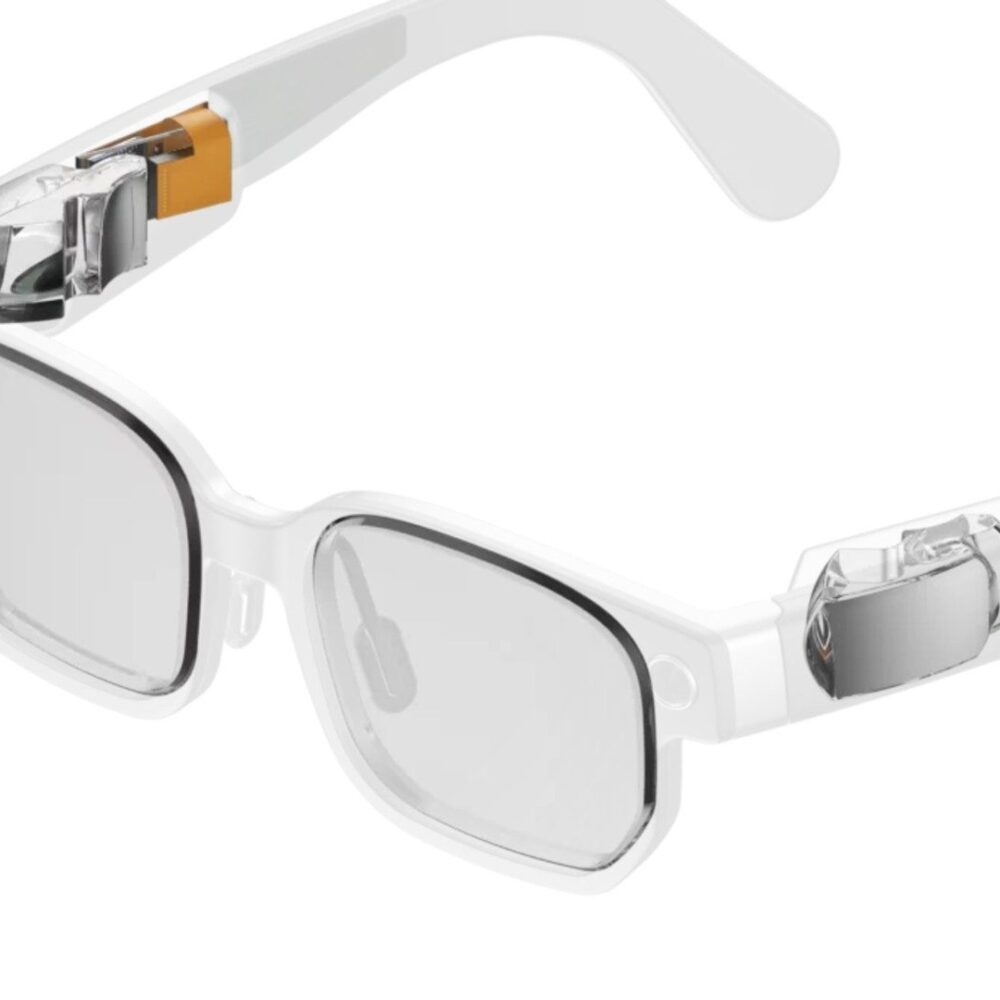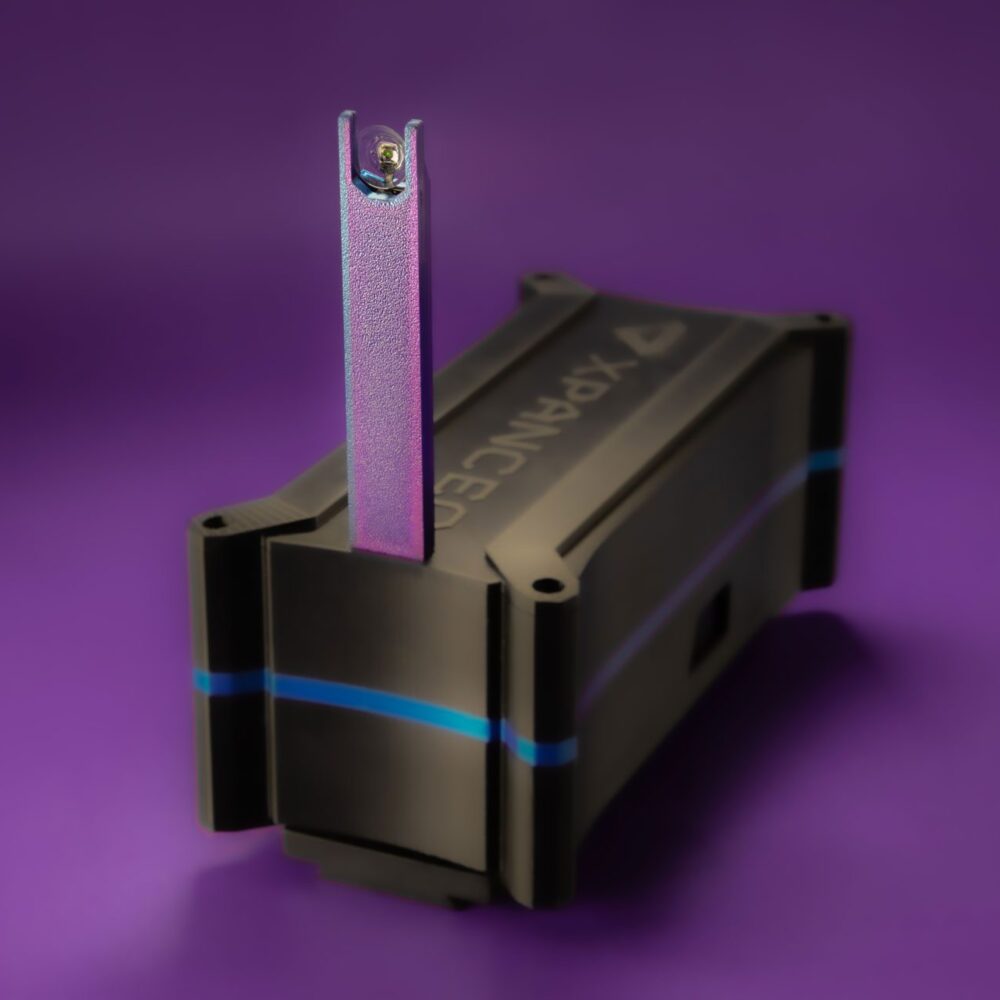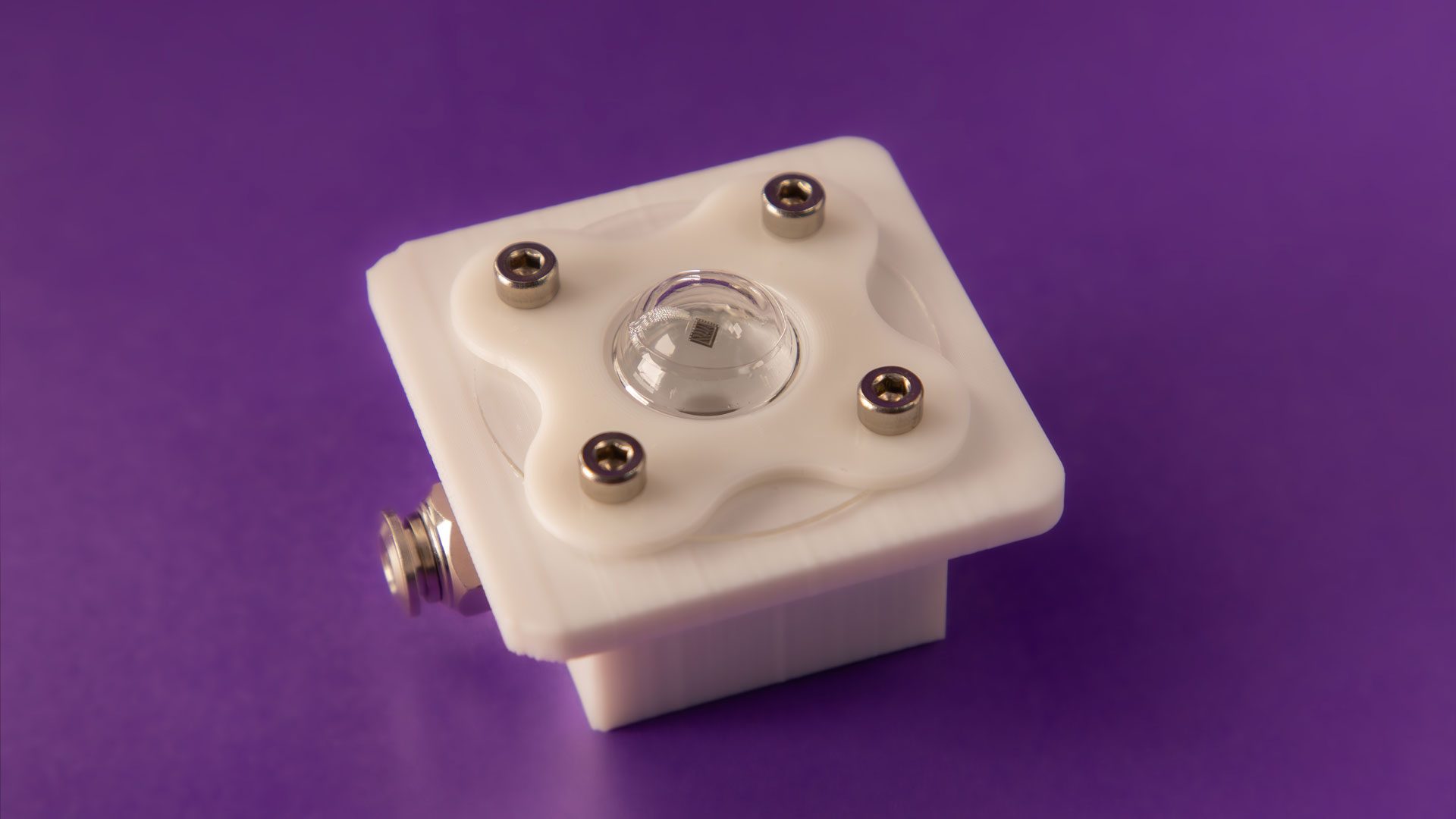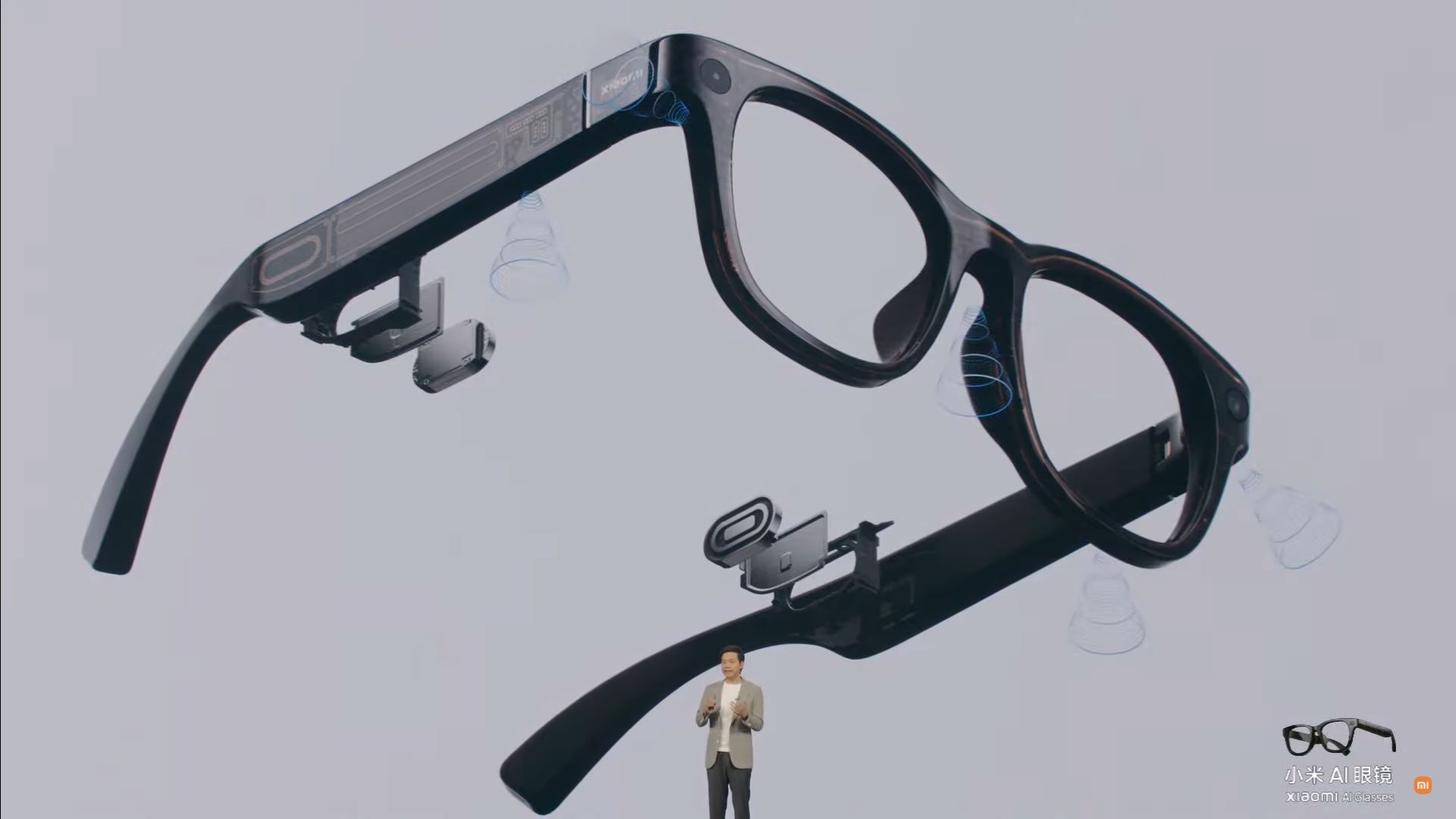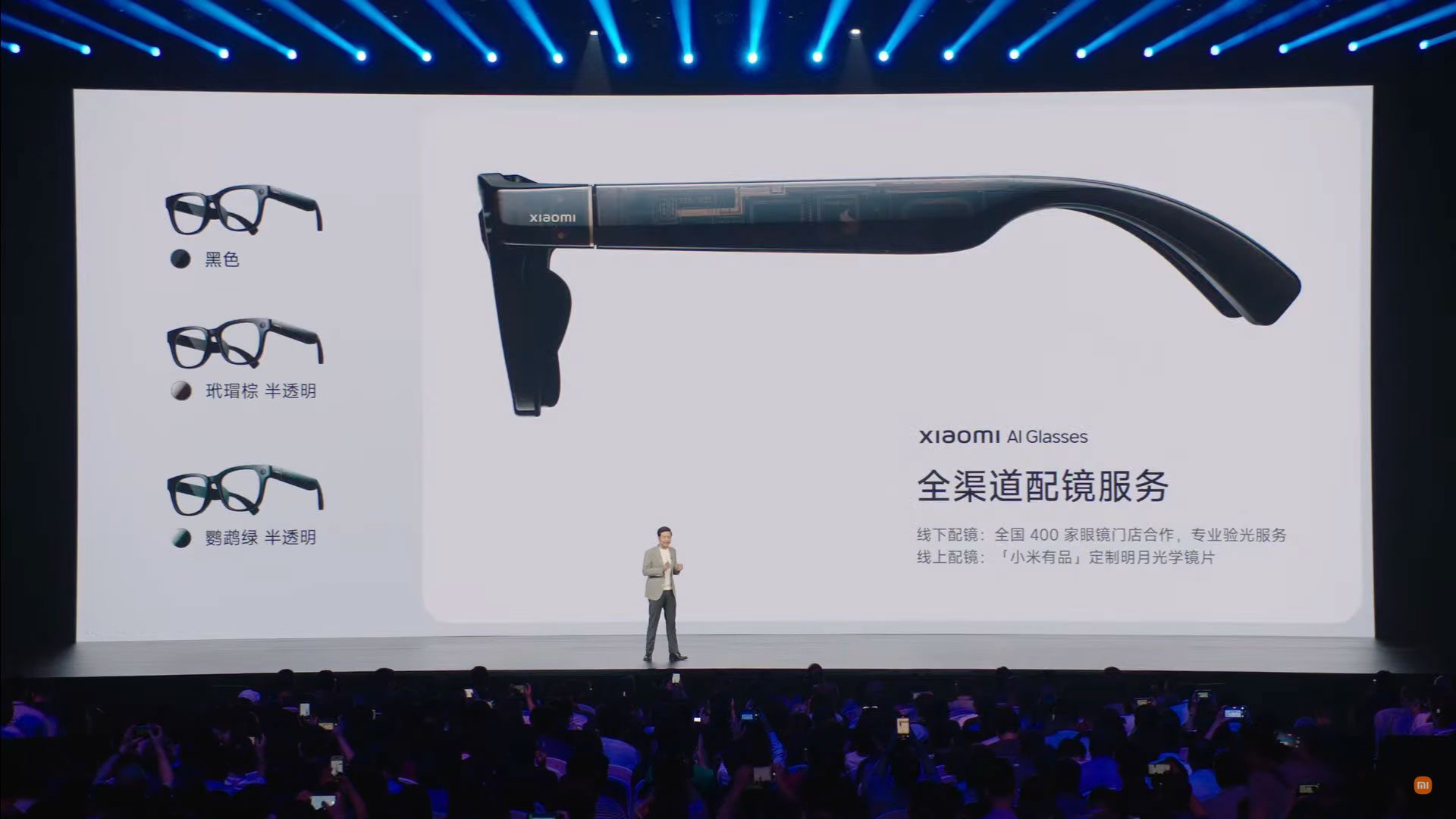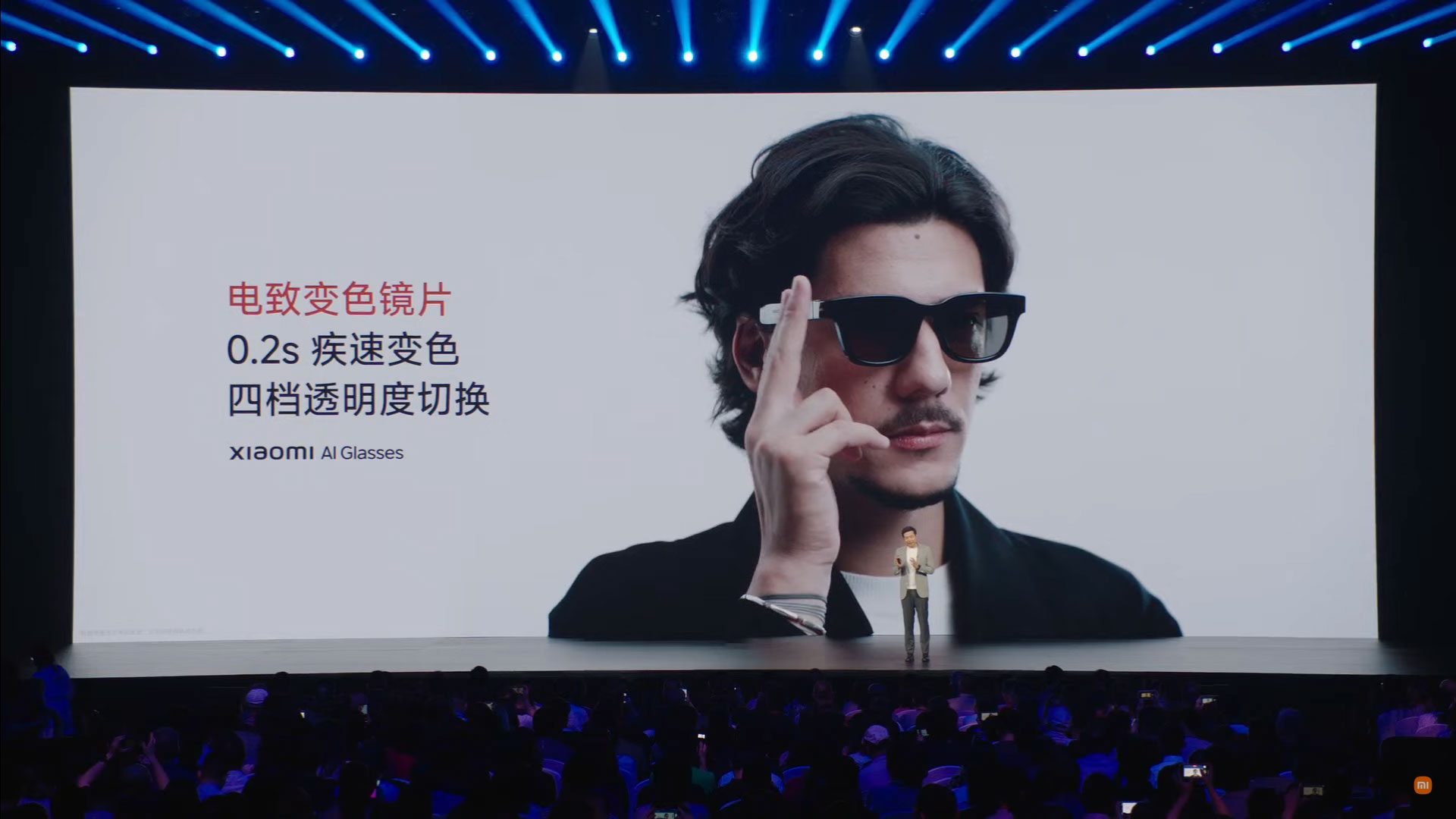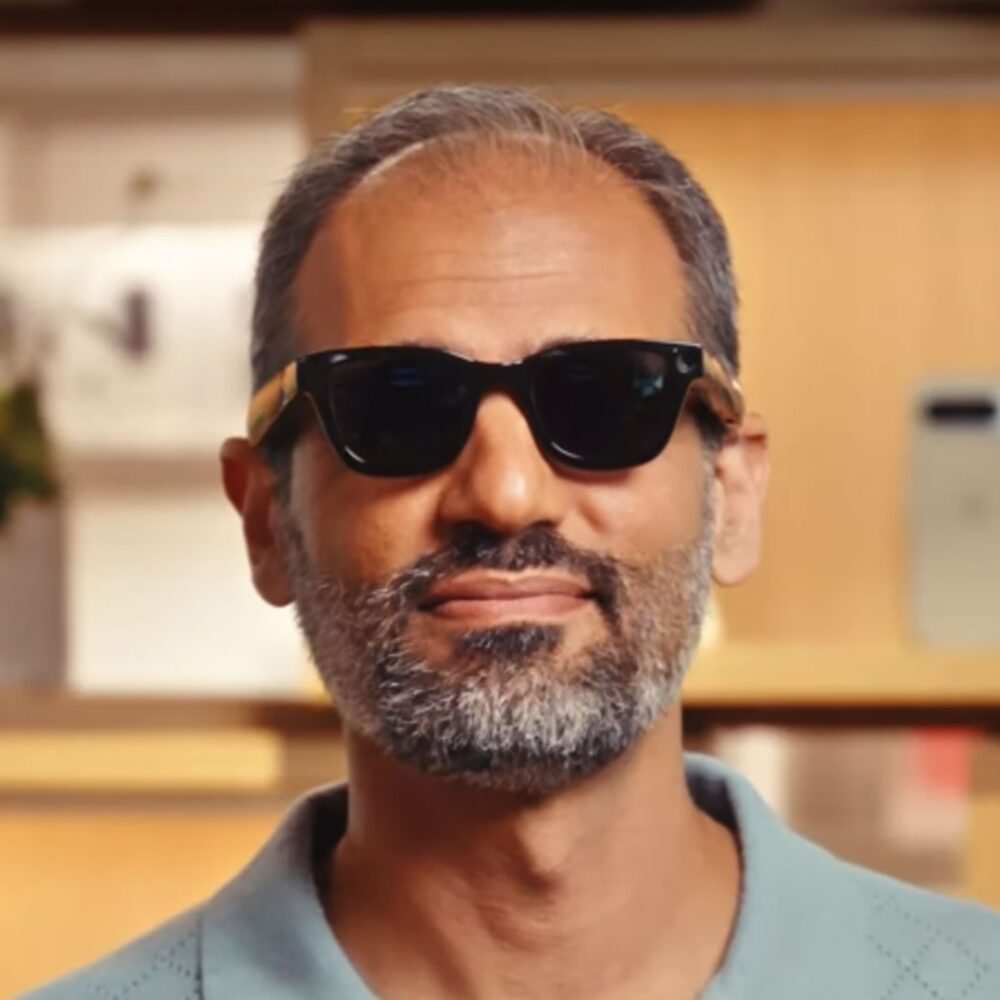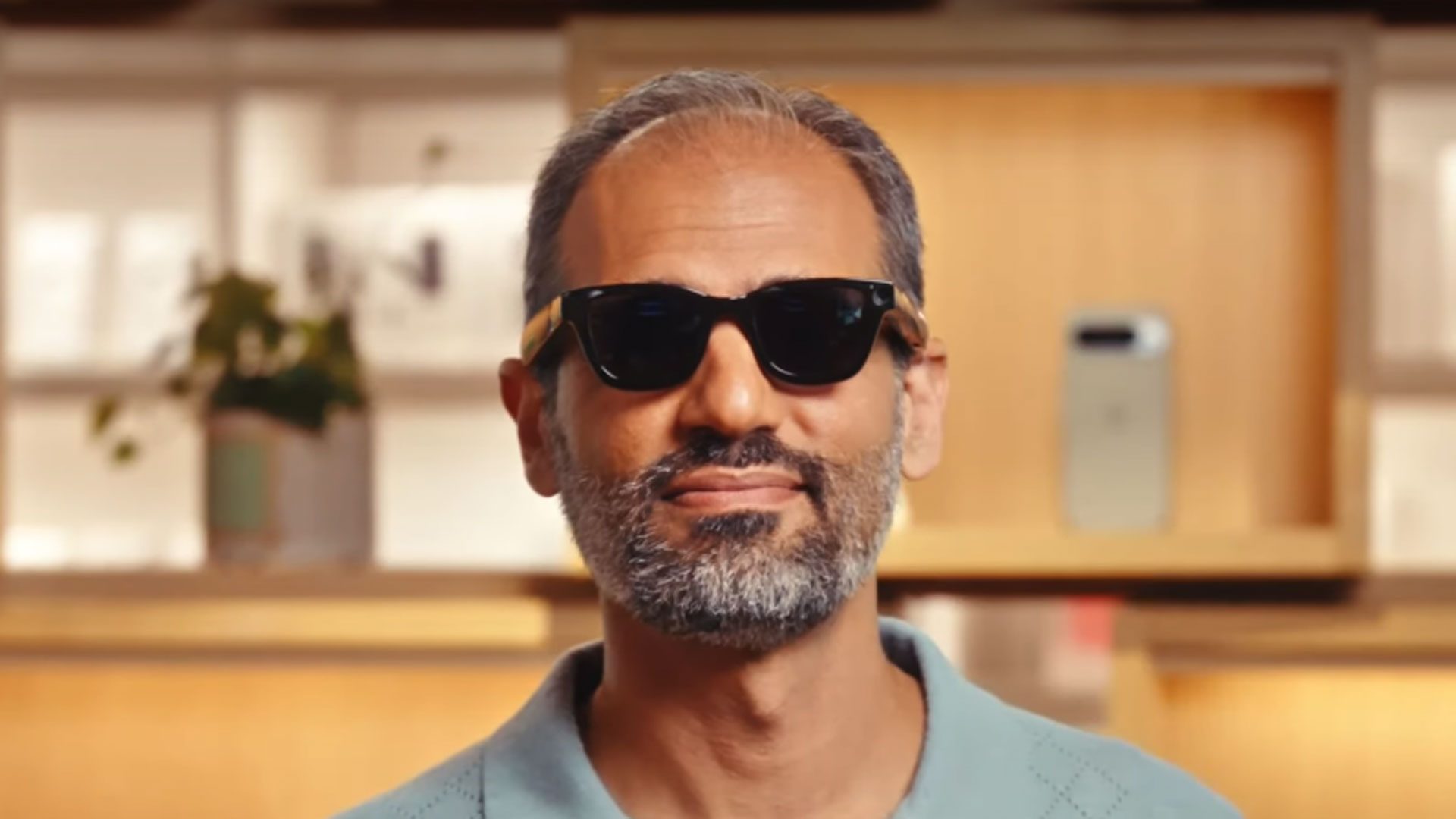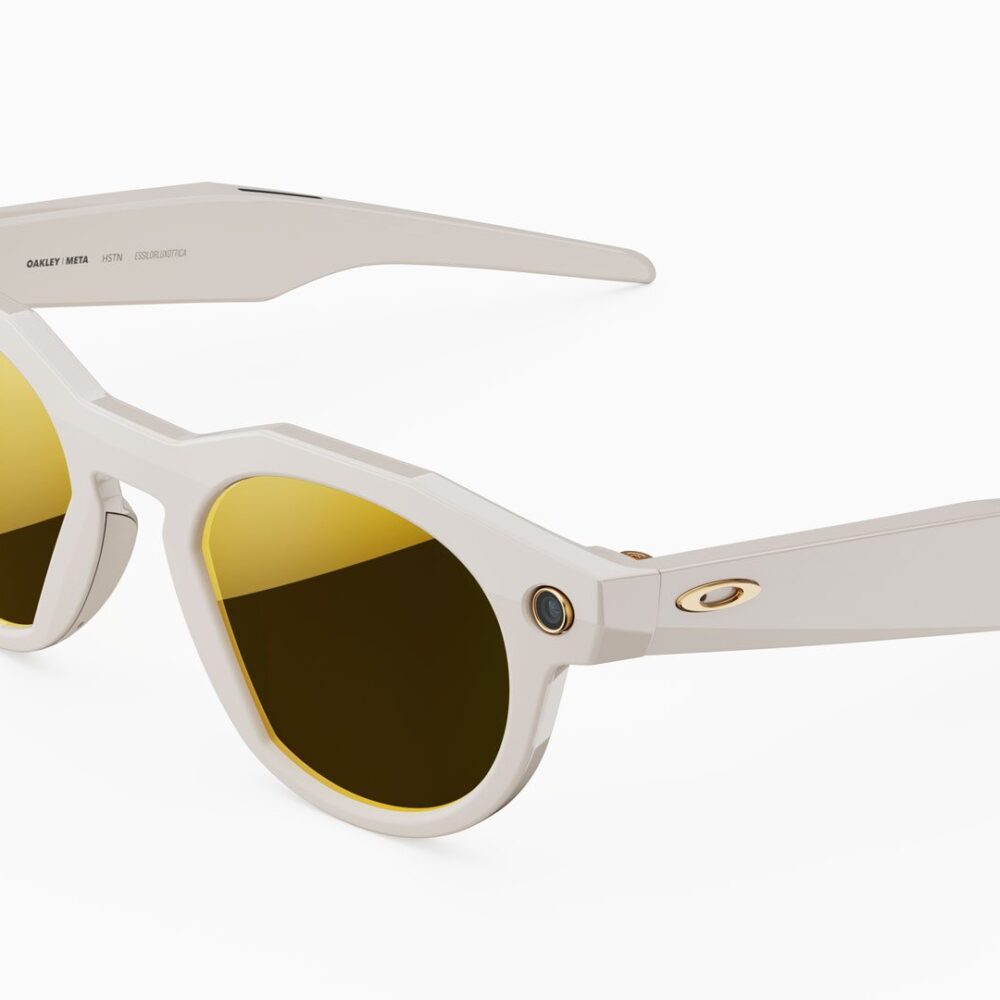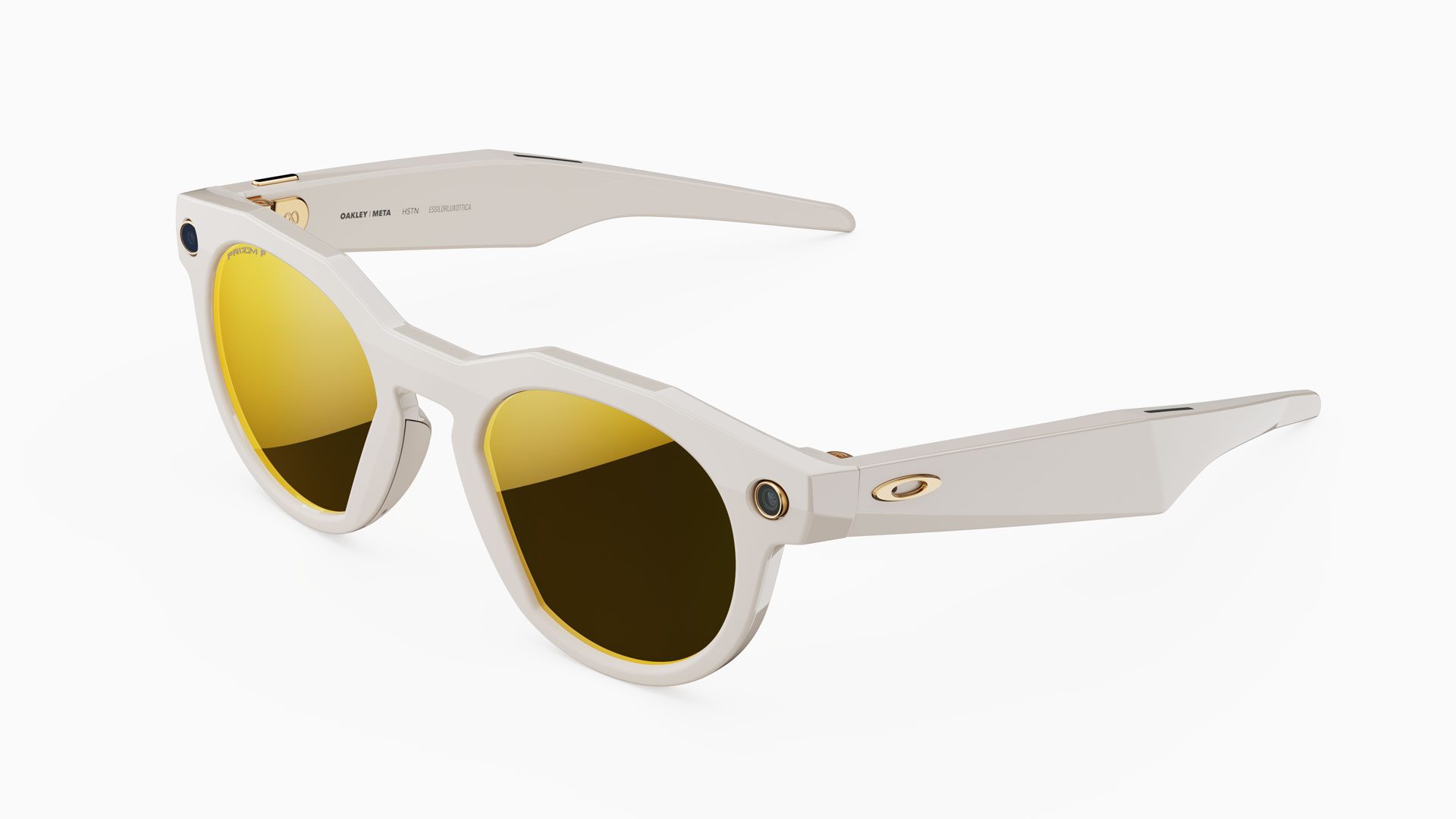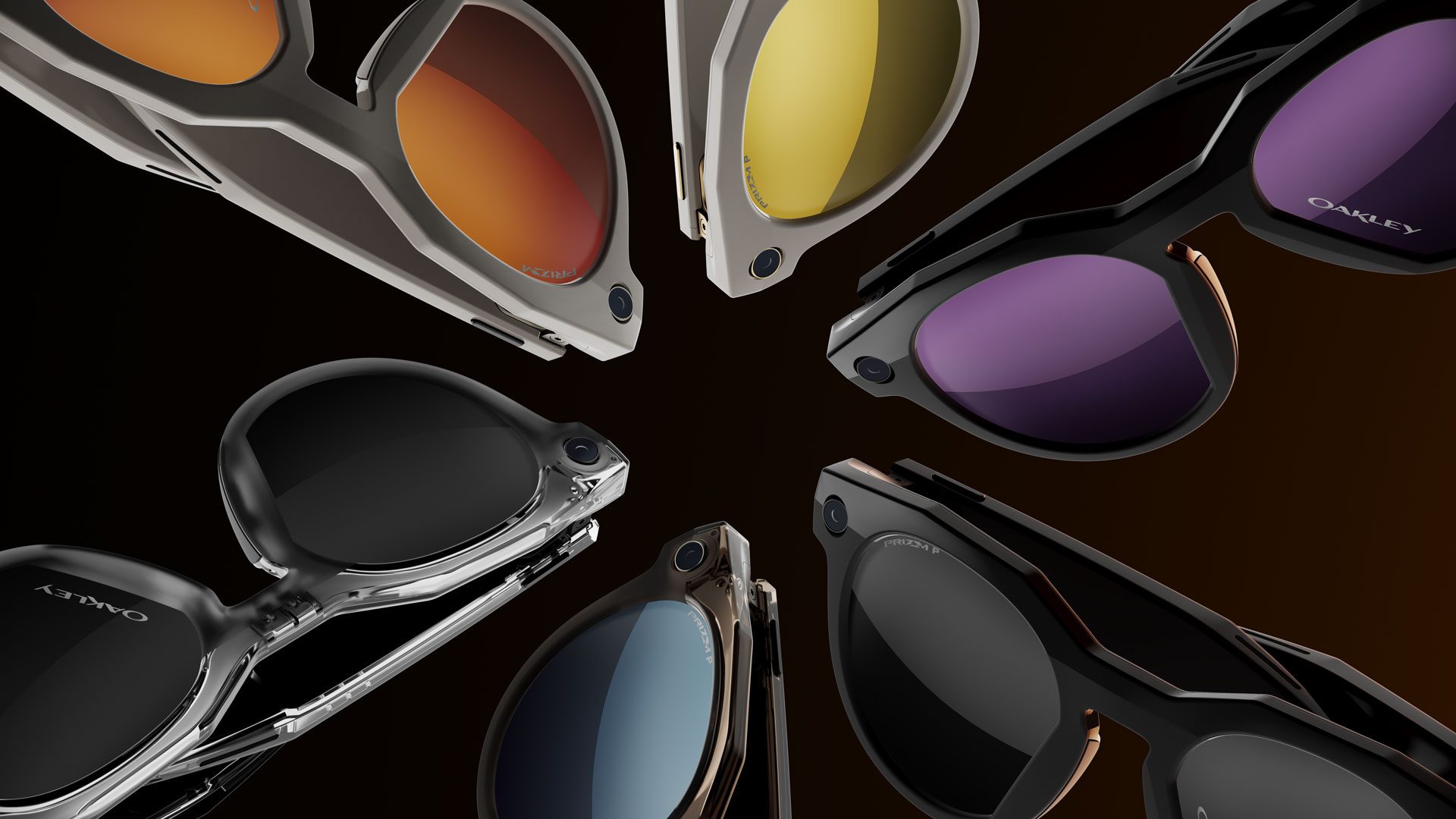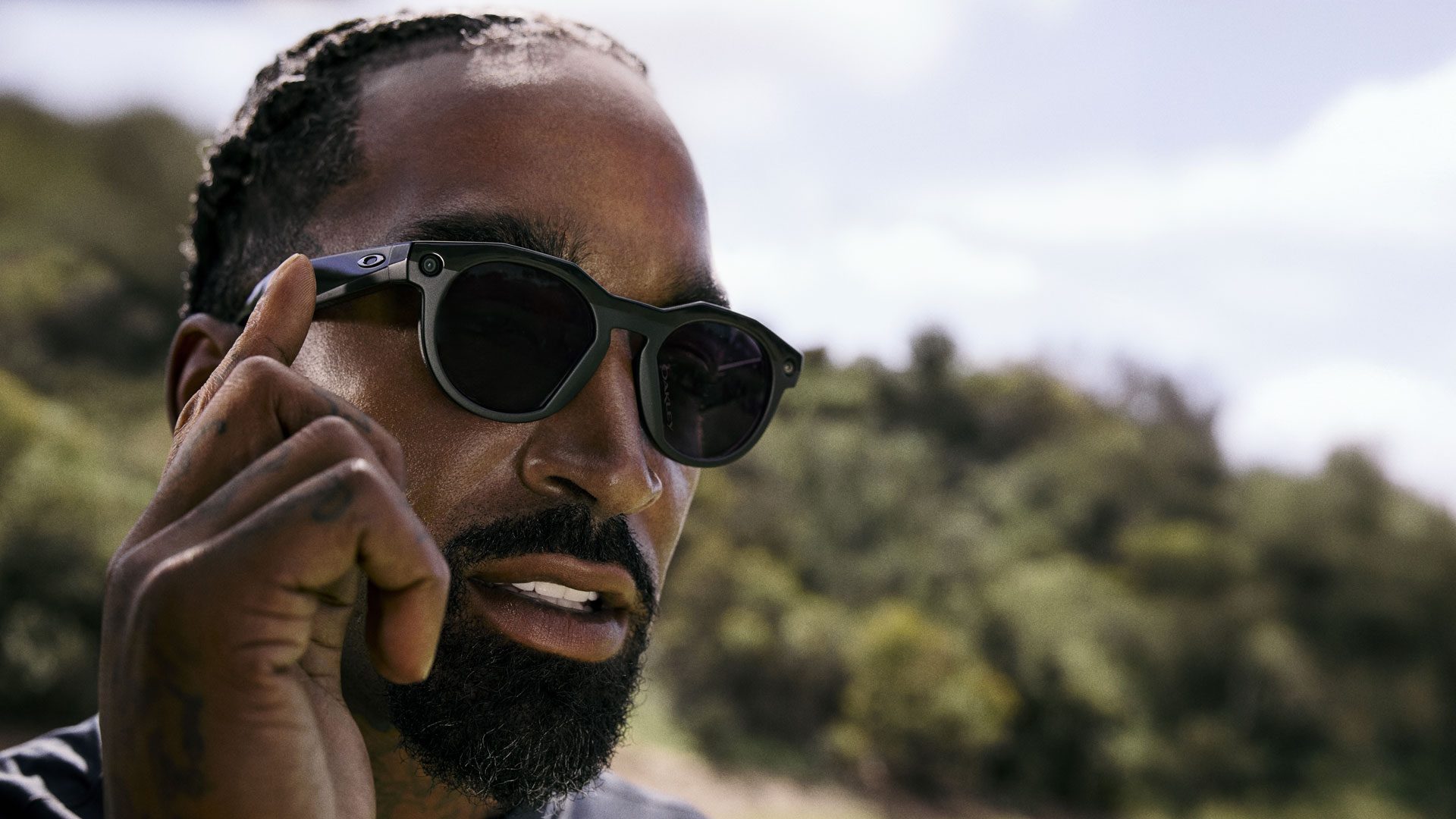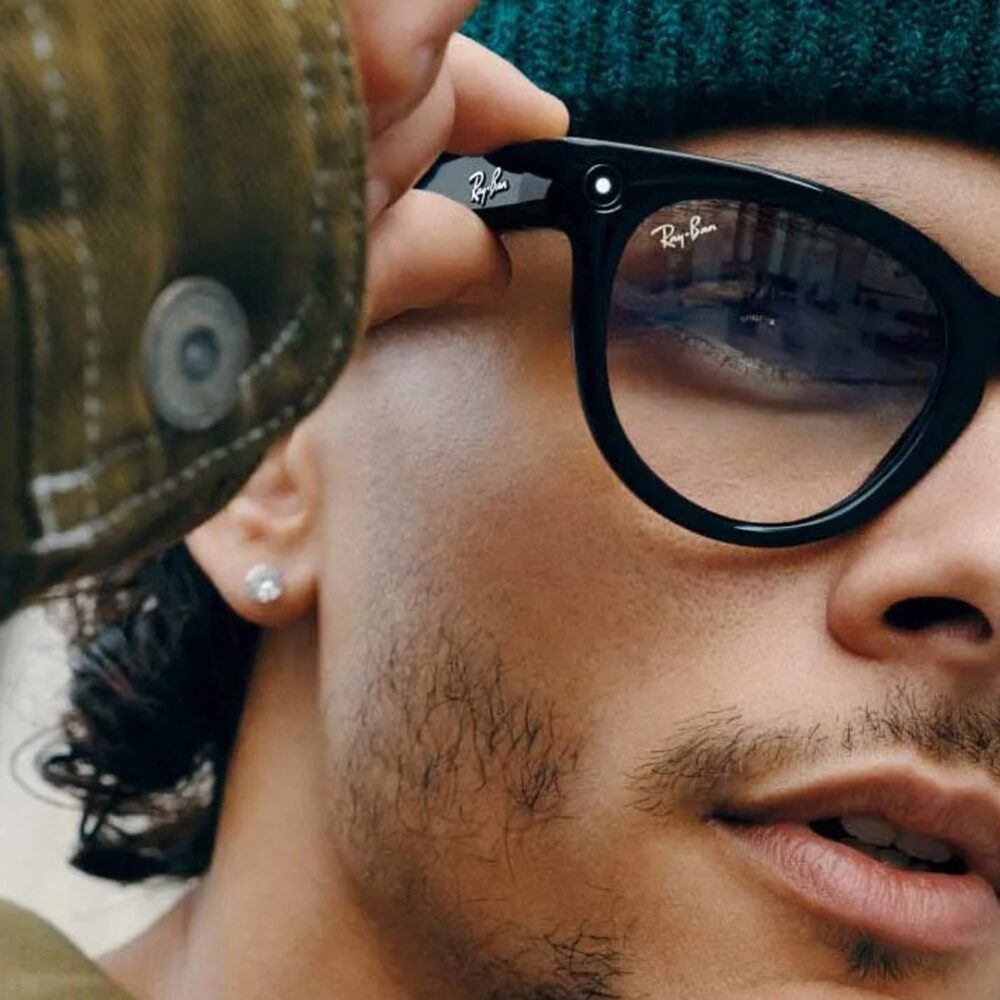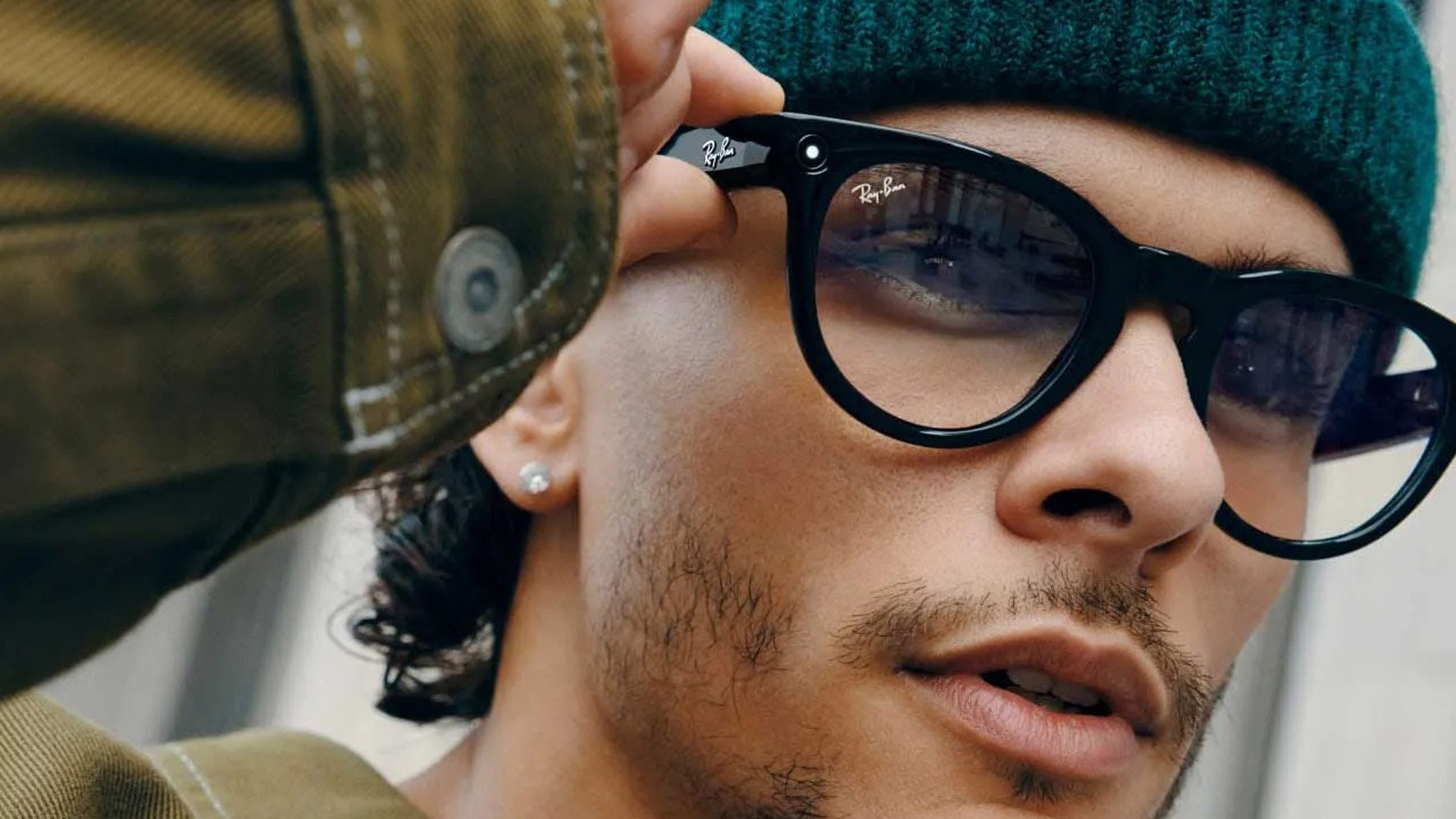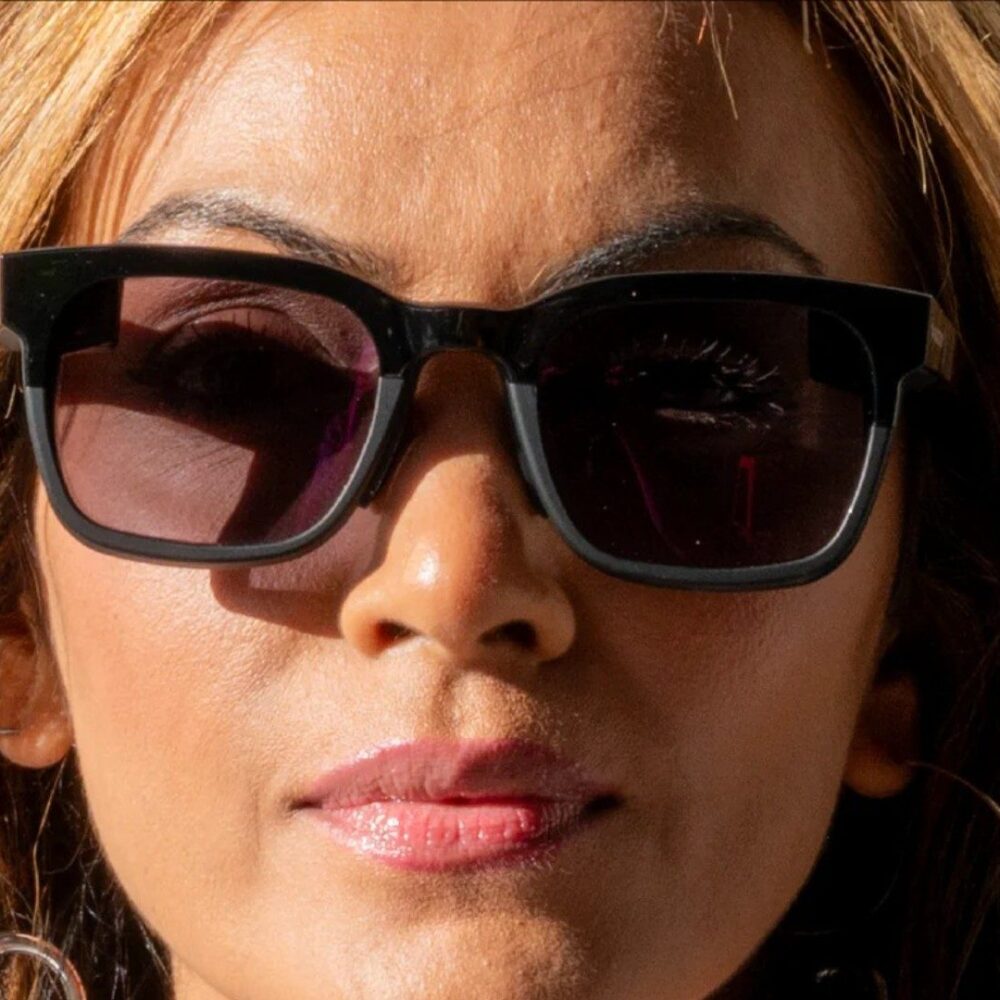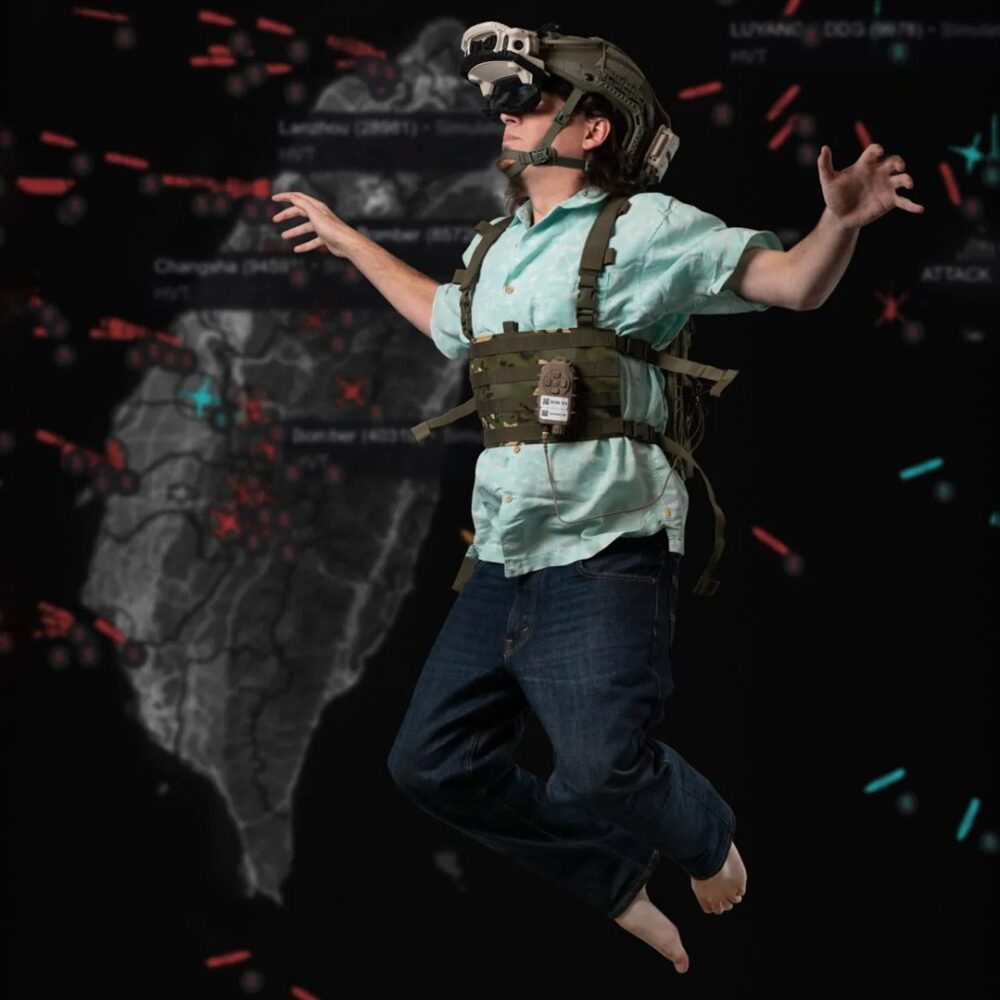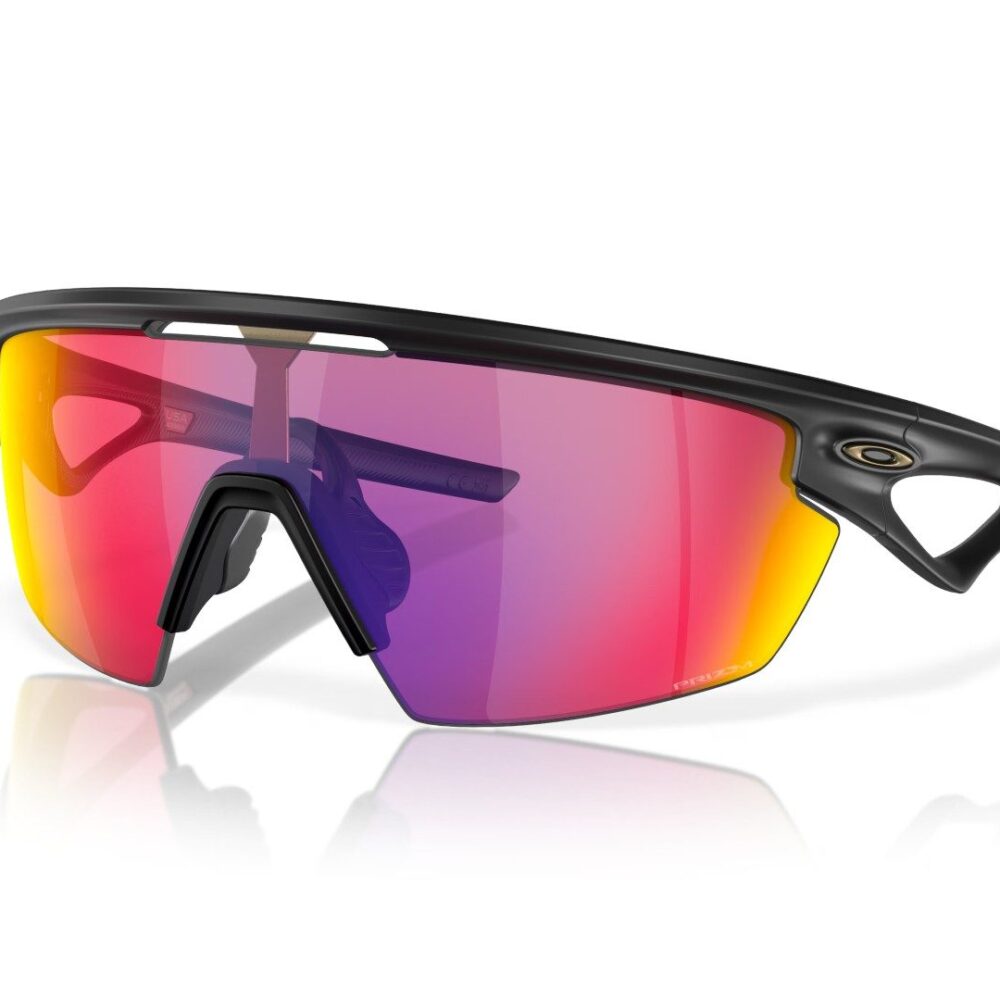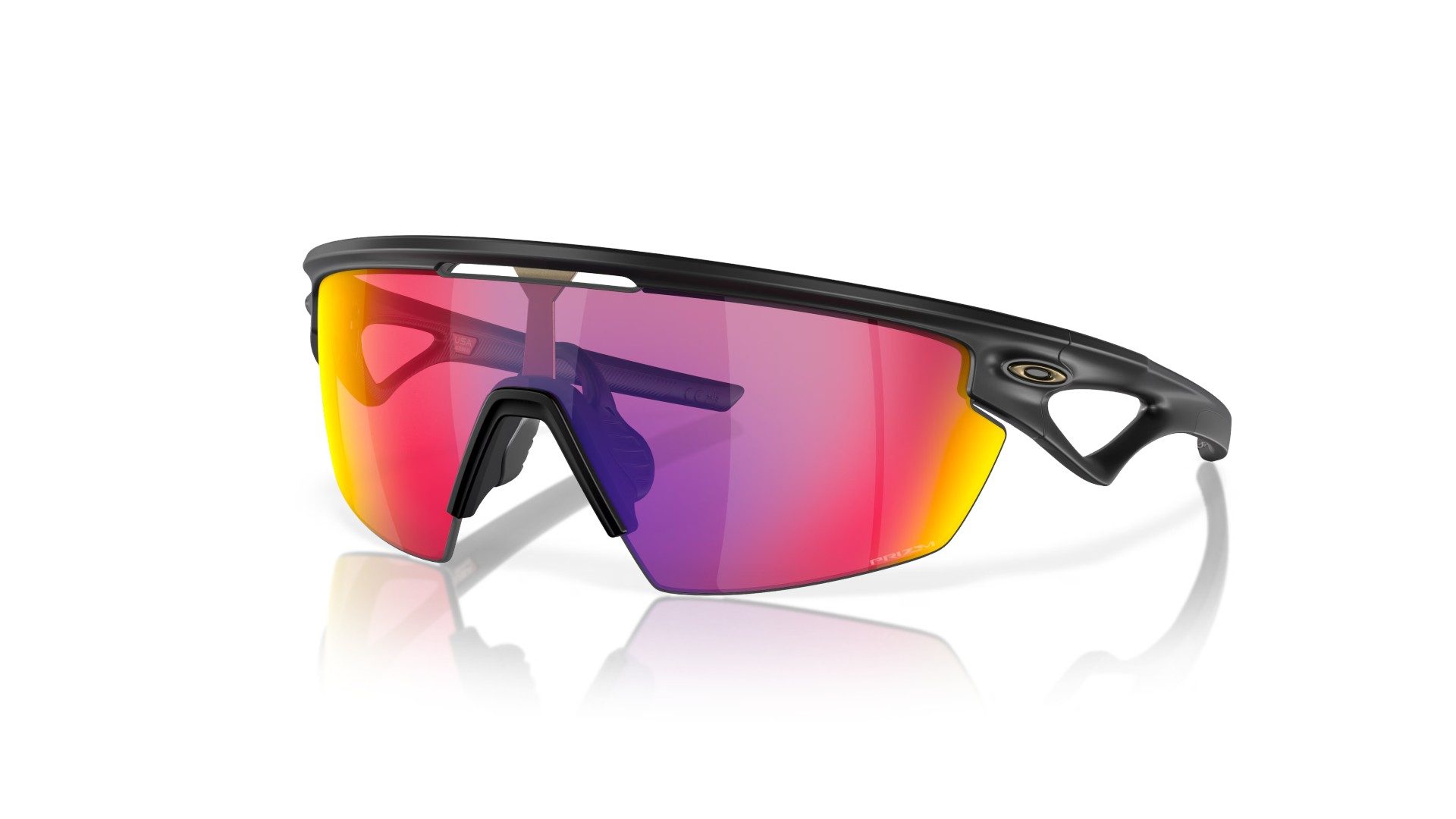Switzerland-based light field display startup CREAL announced its closed a $8.9 million equity funding round, which the company says will accelerate the miniaturization of its light field module for AR glasses.
The equity funding round was led by ZEISS, the Germany-based optical systems and optoelectronics company, with participation from new and existing investors, including members of the UBS private investor network.
This brings the company’s overall funding to $32 million, with previous investors including Swisscom Ventures, Verve Ventures, and DAA Capital Partners.
In a press statement, Creal says funds will accelerate its mission to deliver “natural, comfortable, and healthy visual digital experiences by advancing its proprietary light field display.”
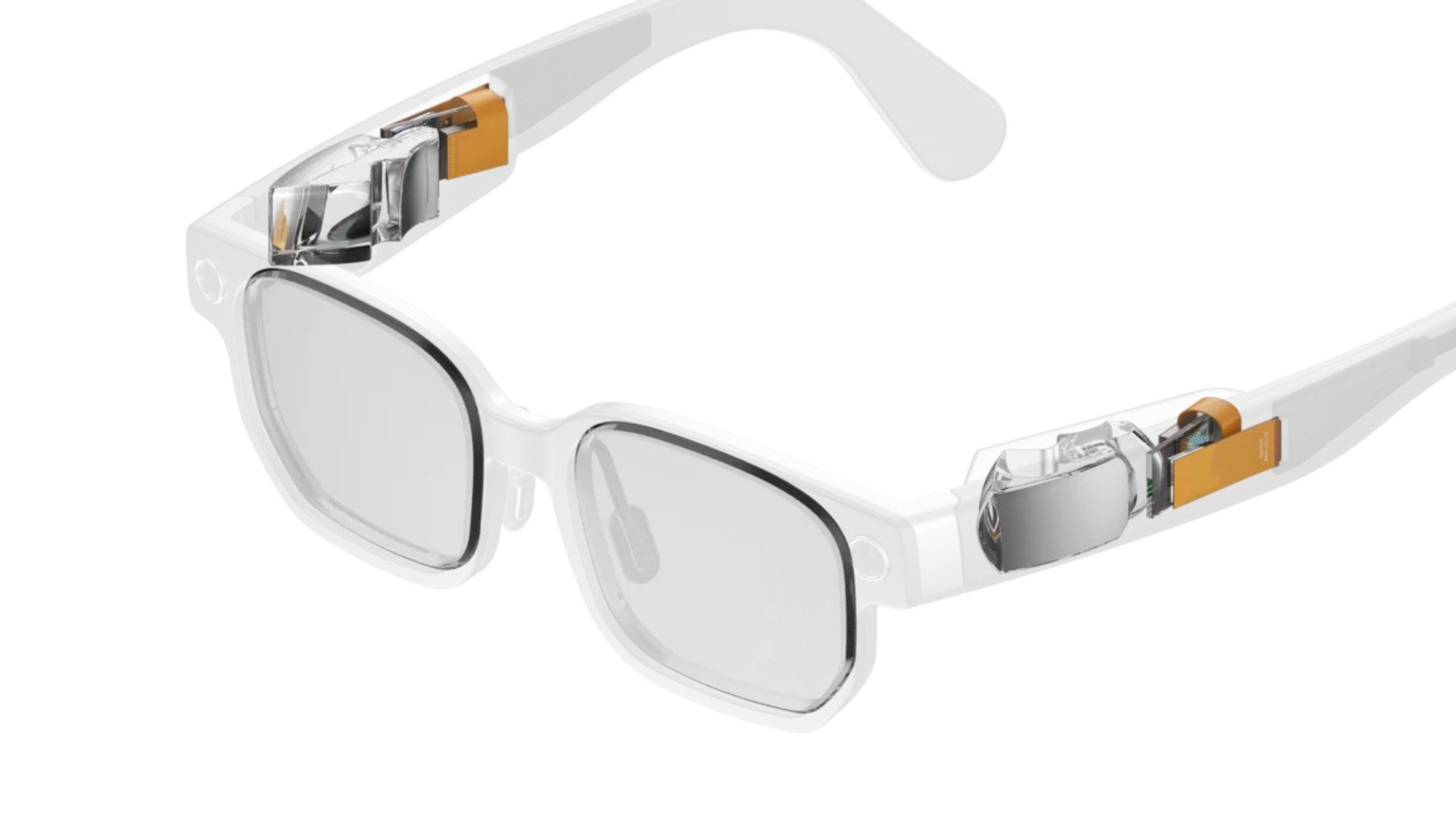
Integrated into AR glasses, light field displays can recreate the way light naturally enters our eyes, enabling more realistic depth perception and reducing eye strain by allowing proper focus cues at different distances. You can learn more about light fields in our explainer below:
Light fields are significant to AR and VR because they’re a genuine representation of how light exists in the real world, and how we perceive it. Unfortunately they’re difficult to capture or generate, and arguably even harder to display.
Every AR and VR headset on the market today uses some tricks to try to make our eyes interpret what we’re seeing as if it’s actually there in front of us. Most headsets are using basic stereoscopy and that’s about it—the 3D effect gives a sense of depth to what’s otherwise a scene projected onto a flat plane at a fixed focal length.
Such headsets support vergence (the movement of both eyes to fuse two images into one image with depth), but not accommodation (the dynamic focus of each individual eye). That means that while your eyes are constantly changing their vergence, the accommodation is stuck in one place. Normally these two eye functions work unconsciously in sync, hence the so-called ‘vergence-accommodation conflict’ when they don’t.
Some headsets include ‘varifocal’ approaches, dynamically shifting the focal length based on where you’re looking (with eye-tracking), such as Magic Leap One as well as older Meta prototype VR headsets—supporting a larger number of focal lengths. Even so, these varifocal approaches still have some inherent issues that arise because they aren’t actually displaying light fields.
“As AI reshapes how we work and create, AR is poised to become the killer interface to this new era,” says Tomas Sluka, CEO and co-founder of Creal. “But if we’re going to wear AR glasses all day, they must imperatively be healthy, comfortable, and natural to use. That’s why we’re focused on delivering AR glasses that uniquely project digital imagery with real-world depth — fully supporting the natural focusing mechanism of the human eye. This is one of the key foundations for immersive spatial computing.”
Creal says the fresh funding round will help the Écublens, Switzerland-based company continue R&D on its AR light field module, which the company aims to integrate into lightweight, fashionable AR glasses—first for enterprise, and later for consumers.
This also includes ongoing support of a licensing agreement with Zeiss, kicked off in late 2024, to bring its light field-based vision care platform to Zeiss, which it will be used in Zeiss’ next-gen diagnostic and treatment devices.
